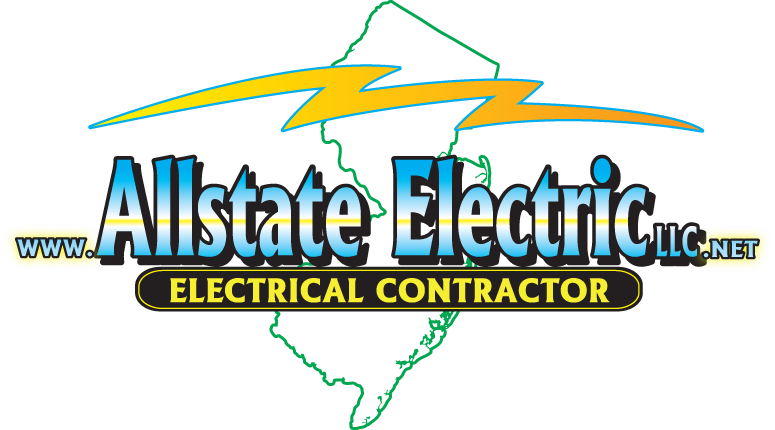Understanding Light Bulbs
Selecting a light bulb seems pretty straight forward until you are standing in the light bulb isle at the grocery store or Home Depot trying to choose from hundreds of bulbs that all look the same. Watts, lumens, LED, halogen, florescent, it's all pretty confusing.
Selecting the wrong bulb might not seem like a big deal, but selecting the right bulb for the light fixture or appliance can actually save you money on your energy bills, extend the life of your appliances, and even help reduce the risk of electrical fires in your home.
What is a Watt?
A watt is a unit of measurement for the amount of energy that a light bulb uses. The higher the wattage, the more energy a bulb takes to produce light. Light fixtures and appliances list a recommended maximum wattage to help you select the most appropriate light bulb. As we learned in my article Understanding Circuit Breakers, selecting a light bulb that requires more energy then the light fixture or appliance is designed to handle can cause a circuit breaker to trip, overheat an appliance, or cause an electrical fire.
The manufacturers recommended wattage is printed on the appliance box and generally on the appliance as well. Light fixtures typically have the wattage requirements listed on the lamp cup or body.
Lower watt light bulbs use less energy and save money on your electric bill.
What are Lumens?
A lumen is a unit of measurement for the amount of light emitted by the bulb. The higher the lumen, the brighter the light emitted.
What Happened to the Old Incandescent Bulbs?
Incandescent or "standard" bulbs use a suspended filament that is heated until it glows, producing light.
Incandescent or "standard" bulbs were phased out in 2014 as a part of the Energy Independence Act passed by Congress in 2007. The Act is designed to force consumers to use more energy efficient alternatives. So all of the standard (40, 60, 75, and 100 watt) bulbs are no longer produced and only available commercially until supplies are exhausted.
With incandescent bulbs no longer an option, here are your choices:
Halogen Bulbs:
Halogen bulbs work in the same way that incandescent bulbs do, by heating a suspended filament until it glows. However, halogens use about a quarter of the wattage of incandescents to generate the same lumen.
Pros - Halogens produce flattering light that most closely approximates day light. They can also be used on a dimmer, giving the greatest degree of flexibility.
Cons- Halogens are very sensitive and require gloves to change a bulb. Oil from your finger tips can actually cause the bulb to over heat and explode.
Florescent Bulbs:
Florescent bulbs work by creating a reaction between the mercury vapor trapped in the tube and electricity which results in a UV ray. The phosphor coating that lines the inside of the tube converts the UV ray into light.
Pros - Florescents produce more light and can illuminate a larger space then incandescent bulbs.
Cons - The light produced by most florescent bulbs can be quite harsh. Mercury is a toxic substance and while the amount released by a broken bulb is minimal, liquid mercury which may also be present can pose serious health risks. Florescent bulbs can also hum or hiss over time which is not dangerous, but is distracting.
Compact Florescent Lights (CFL):
Perhaps the most popular replacement for incandescent bulbs, CFL's can last for years and require only a quarter of the wattage to produce the same lumen. These bulbs work in the same way as the florescent bulbs, but instead of the long tubes with which most people are familiar, CFLs coil the tube into a more familiar "light bulb" shape and fit standard sockets.
Pros - Inexpensive and long lasting, these energy efficient bulbs are a common choice to replace incandescent bulbs.
Cons - Only specific CFLs are available for dimmer light fixtures. Using a regular CFL on a dimmer fixture can result in flickering, hissing, and burn out. Due to the mercury content, the EPA requires special disposal.
Light Emitting Diode (LED):
LED's work by passing energy through a semiconductor. These extremely long lasting (20 + years) bulbs are the perfect choice for recessed lighting or lighting in high or difficult to reach places.
Pros - Very long lasting, with a light softness that is similar to incandescent bulbs. The light creation process is offset by a heat sink, so unlike other bulbs, LEDs don't get hot.
Cons - The light produced doesn't defuse, it creates a beam of light. So clusters of LEDs are needed to light a room. Since LEDs are more expensive then CFLs, initial installation can be a financial issue. The longevity should make up for the initial expense.

